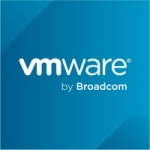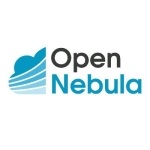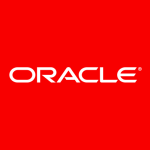We've been using it for a considerable period. We had a large enterprise with multiple teams and projects, and we employed AWS Tower to streamline the setup and management of multiple AWS accounts, each with its own predefined guidelines and configurations. This was particularly beneficial for our organization, which has strict security and compliance requirements. AWS Tower played a crucial role in enforcing best practices and policies across these AWS accounts, ensuring they were provisioned with the necessary security controls and configurations. This approach significantly reduced the chances of misconfigurations and unauthorized access.
Additionally, we utilized AWS Control Tower to facilitate the creation of new AWS accounts for various projects, teams, and departments. We leveraged the account factory feature to automate the provisioning of new accounts, including defined variables and configurations. This automation considerably reduced the time and effort required to set up a new account.
In my capacity as a DevOps engineer, I've had the opportunity to utilize AWS Tower to enhance our organization's management of AWS infrastructure at an enterprise level. It has played a crucial role in achieving consistent governance and security standards across our multiple AWS accounts. I took the lead on a project aimed at centralizing and optimizing AWS account management to cater to various departments and projects while ensuring stringent security and compliance. AWS Tower served as the cornerstone of this initiative.
During the implementation phase, I began by configuring a landing zone using AWS Control Tower. This landing zone incorporated best practices in networking, security controls, and identity management. I then customized it to align with our organization's specific security requirements, effectively establishing a secure foundation for all our AWS accounts.
The most significant benefit of Control Tower is its capability to align with our organization's standards. The primary advantage is the consistency it brings to governance, allowing us to enforce security policies and automate account provisioning. It plays a crucial role in ensuring security and compliance, which is a top priority for our company. Additionally, it simplifies management and aids in cost control. It offers customization and flexibility, as well as scalability to support our organization's growth.
There's room for improvement in several security aspects. While AWS Tower provides predefined guardrails for enforcing security and compliance, offering more customizable options would be beneficial. Allowing organizations to define custom guardrails or modify existing ones to align with specific security and compliance requirements would enhance flexibility.
Integration with popular third-party DevOps and security tools could streamline workflows. Moreover, introducing more advanced governance policies would enable organizations to define and enforce complex policies effectively. Improving support for multi-region configurations is essential, along with simplifying ongoing management, such as enhancing the AWS Control Tower custom dashboard.
Advanced notifications and alerts, including integration with popular incident management tools, would be valuable additions. Lastly, establishing a robust feedback mechanism and actively engaging with the user community could provide valuable insights for further improvement.
I have worked with AWS Control Tower for about six years.
I would rate the stability a six out of ten.
I would rate the scalability a seven out of ten.
The initial setup is complex.
It is expensive but it is an investment.
To make effective use of AWS, organizations should start by assessing their AWS usage and being transparent about their pricing requirements. They need to understand the specific needs of their organization and evaluate whether the AWS Control Tower features align with those needs. It's important to thoroughly research the available capabilities of AWS Tower and determine if it can provide the necessary support. Customization should be considered to tailor the solution to their unique requirements. Organizations should also assess their integration needs, explore automation opportunities for improved efficiency, and review their multi-account strategy. Scalability and future readiness should be factored in when making decisions. Additionally, they should closely examine the pricing structure and consider engaging with AWS support. They can collect valuable feedback from peers which can help in the decision-making process.
I would rate the overall product a nine out of ten.















